Having a Range Rover is a sign of comfort and elegance while driving. These exceptional SUVs are renowned for their outstanding performance, sophisticated styling, and cutting-edge suspension systems that provide a regulated and comfortable ride. Range Rovers, however, can face suspension issues that can ruin your driving experience, just like any other car. This article will examine the typical causes of Range Rover suspension fault and offer straightforward fixes.
Table of Contents
Explain The Range Rover Suspension System
Let’s take a moment to comprehend the basics of the Range Rover suspension system. Therefore, before we go into the specific issues. Range Rovers have complex suspension systems that are built to strike a balance between on- and off-road comfort. The majority of models have an air suspension system, which is in charge of keeping the vehicle at a comfortable ride height and adjusting the ride quality to different driving circumstances.

The following are the main elements of the Range Rover suspension system:
1. Air Springs:
These take the place of conventional coil springs and give the car height adjustment and a smoother ride.
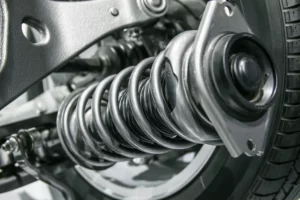
2. Digital Control:
Electronic management of the suspension system enables quick modifications in response to road conditions and vehicle load.
3. Sensors:
The suspension control module receives information from sensors about the ride height, load, and road conditions of the vehicle.
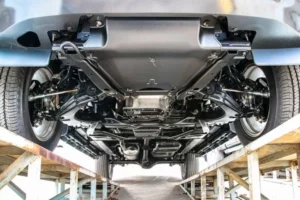
4. Suspension Control Module:
To ensure ride quality and stability, this computerized component analyzes data from the sensors and modifies the air springs as necessary.
Range Rover Suspension Fault: Common Causes
Therefore, now that we’ve learnt about the Range Rover suspension system in detail. Moreover, let’s now examine the typical suspension issues that Range Rover owners may have.
1. Light For Suspension:
The suspension warning light on your dashboard turning on is one of the most typical indicators of a suspension malfunction. When this light illuminates, it means that the suspension system has been identified as having a problem by the car’s internal computer. There are several potential causes for this, such as sensor faults etc.
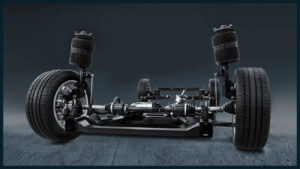
2. Leaky Air Springs:
A crucial component of the Range Rover’s suspension system is air springs. They may be adjusted to different ride heights and offer a comfortable ride. However, they are prone to leaks over time, which can cause the vehicle’s front or rear to droop. Wear and strain, debris damage, or old rubber components can all cause leaks.
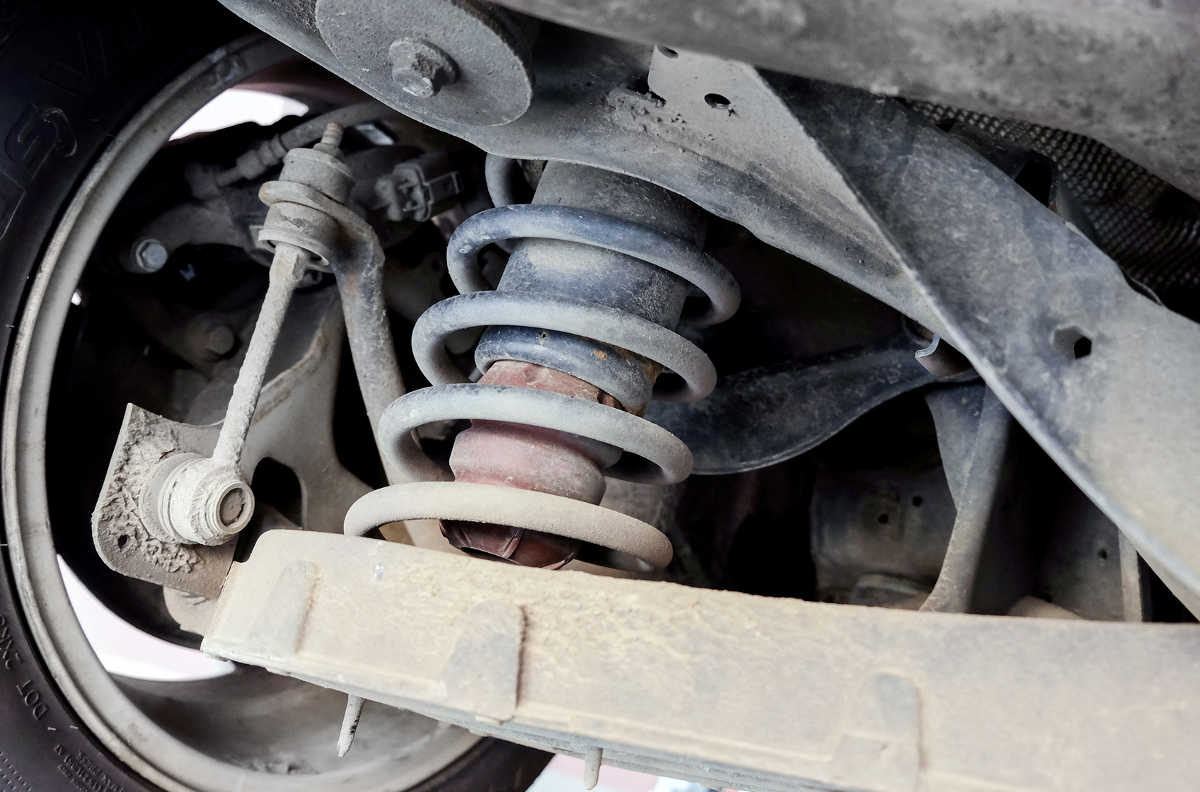
3. Malfunctioning Suspension Sensors:
The suspension system mainly relies on sensors to keep track of the load, ride height, and road conditions. Any of these sensors that are damaged or malfunction may result in erroneous data being transmitted to the suspension control module. The suspension system may therefore act in an unpredictable manner as a result of this.
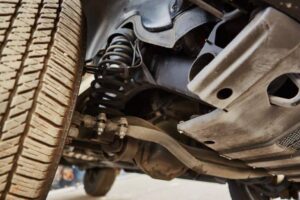
4. Issues With The Compressor:
Range Rovers’ air suspension systems work by pumping air into the air springs to maintain the correct ride height. The vehicle may droop, have uneven ride heights, or even have a noisy suspension system if the compressor malfunctions or has problems.
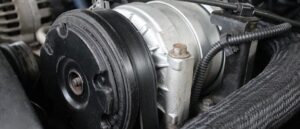
5. Electrical Issues:
Although Range Rovers are renowned for their cutting-edge technological technologies, these systems may have a negative impact on suspension. The suspension control module’s electrical or wiring issues may cause the system to malfunction.
Troubleshooting Range Rover Suspension Faults
After identifying some typical suspension mistakes, let’s talk about fixing them:
1. Suspension Warning Light:
It’s critical to have your car diagnosed by a trained mechanic or at a Range Rover shop if the suspension warning light displays on your dashboard. They can identify the problem using specialist diagnostic tools and provide the necessary fixes.

2. Leaks From Air Springs:
By changing the damaged air spring, air spring leaks can be fixed. A qualified technician must complete this because a faulty installation can cause additional problems. Your air springs can be identified early and more severe damage can be avoided with routine checks.
3. Failure Of The Suspension Sensors:
Replacement of the offending suspension sensors will provide accurate data transmission to the suspension control module. Through diagnostic testing, technicians can determine which sensor is the issue.
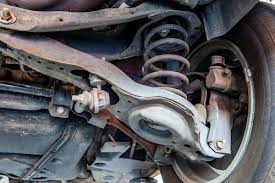
4. Compressor Problems:
If the compressor in your Range Rover isn’t working properly, it might need to be fixed or replaced. Repairing a compressor normally entails replacing any broken parts or, in extreme cases, the complete apparatus.
5. Electrical Issues:
Experienced technicians must carefully inspect and troubleshoot electrical difficulties in the suspension system. They will identify the precise issue, which can entail fixing or changing damaged wiring or dealing with problems with the suspension control module.
What Preventive Measures To Take For Suspension Faults?
Take into account the following preventive maintenance advice to reduce the likelihood of suspension issues in your Range Rover:
1. Continual Inspections:
During routine maintenance visits, have a competent technician examine your suspension system. They are able to spot potential problems before they develop into significant ones.

2. Examine For Leaks:
Check your air springs for leakage occasionally; listen for sagging or hissing noises. Fix all the leaks right away to stop additional harm.
3. Limit Overload:
Be cautious of the weight restrictions on your car. Your Range Rover’s suspension system experiences early wear and tear due to overload.

4. Quality Fixes:
If you do experience suspension issues, use high-quality replacement parts and have your suspension system repaired by licensed mechanics to ensure the durability and dependability of your suspension system.
Therefore, these are some preventive measures you must consider to minimize the Range Rover suspension fault easily. Additionally, you need to take care of your SUV to avoid such faults in the future.
Conclusion:
Range Rover suspension fault can be frustrating for owners, but with the right care and prompt repairs, you can keep the suspension system of your luxury SUV in excellent condition. Do not hesitate to have your car professionally evaluated if you observe any warning lights on the dashboard or notice changes in the ride quality. You can keep enjoying the supple and pleasant ride that Range Rovers are renowned for for miles to come by taking care of suspension issues as soon as they arise.



